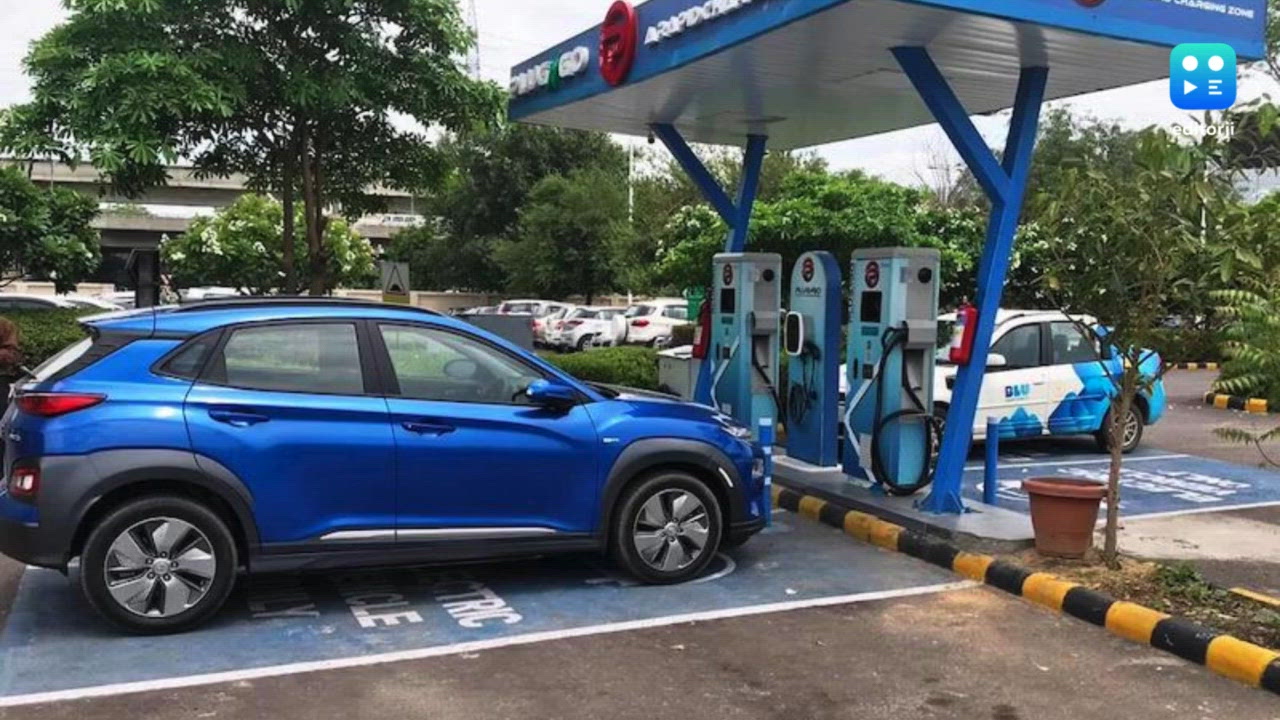22/07/2025
Hybrids on the High Road: Why Uttarakhand’s Mobility Strategy Should Straddle Two Worlds

In India’s pell-mell race toward cleaner mobility, policymakers have started to frame the contest as battery-electric vehicles (BEVs) versus the rest. A new LiveMint survey shows that Maharashtra, Karnataka and Madhya Pradesh plan to restrict 2025 purchase subsidies to BEVs, while Chhattisgarh has already excised hybrids from its 2022 policy (mint). Delhi flirted with a similar idea; Uttarakhand toyed with it too, and is now reconsidering—just weeks after its own cabinet quietly restored a one-year tax rebate for “strong” and plug-in hybrids (The Times of India). The volte-face is prudent: blanket BEV-only incentives look neat on paper but clash with the state’s mountainous geography, patchy charging network and fledgling auto economy.The macro picture: India’s dual-track play
At the Union level, the Faster Adoption and Manufacturing of Hybrid & Electric Vehicles (FAME-II) scheme still lists hybrids in its title and mandate, even if recent tranches have tilted budgets toward BEVs (Press Information Bureau). Industry taxes tell a different story: BEVs are levied just 5 per cent GST, while strong hybrids attract 43 per cent— barely below pure petrol cars (The Economic Times). In effect, New Delhi talks parity yet rewards electrons more generously than efficiency.States, meanwhile, hold the real levers of adoption—road-tax waivers, registration rebates, parking concessions—and they are diverging. Uttar Pradesh’s 2024 registration-tax waiver for hybrids emboldened Toyota and Maruti Suzuki to scale local sourcing (Reuters). West of the Ganga, however, Maharashtra and Karnataka have made BEV exclusivity a badge of climate ambition. The policy patchwork leaves consumers confused and carmakers hedging their bets, visible in the sudden 18 per cent jump in hybrid sales last fiscal despite their cost handicap (The Economic Times).Why the hills tell a different storyFor Uttarakhand, the debate is less ideological and more topographical.- Charging desert: Outside the Char-Dham corridor—where 25 fast chargers (to be scaled to 38) now dot 1,600 km of pilgrimage routes (Energetica India)—public chargers are scant along district roads that snake up 8–10 percent gradients. With just 84,614 EVs registered out of 4.2 million vehicles statewide, charger utilisation risks being too low to be financially viable (ETAuto.com).
- Range penalty in the mountains: Climbing hills can sap 30 per cent of a BEV’s real-world range, according to international drive-cycle studies; cold mornings common above 2,000 m shave off another 10–15 per cent of battery capacity (Pulse Energy). Regenerative braking recovers some energy on the descent, but not enough to offset the physics of altitude.
- Grid headroom, not just green power: Uttarakhand is a power-surplus state on paper, yet winter hydropower output plunges just when heating demand spikes. Rapid BEV penetration would push local distribution lines—already stretched across ridges and valleys—to add peak load that coincides with household demand at dusk. Hybrids, needing no external plug, bypass this grid-extension cost.
The hybrid dividend
- Efficiency without range anxiety. A modern strong hybrid (e.g., Maruti-Suzuki Grand Vitara or Toyota Hyryder) carries a sub-2 kWh battery—barely 1/25th the lithium footprint of a typical Indian BEV (40–50 kWh)—yet delivers 23–25 km/l in city driving, cutting tailpipe CO2 by 30-40 per cent versus petrol (Autocar India).
- Lower mineral intensity. Because they sip rather than gulp lithium, hybrids free up scarce critical minerals for buses and commercial BEVs where the climate payoff per kilo is larger. A 100-kg lithium-ion pack in five hybrids avoids the same amount of CO2 over its life cycle as one 50-kWh pack in a private BEV, once India’s coal-heavy grid mix is factored in.
- Domestic value added. Battery cells account for 40 per cent of a BEV’s bill of materials and are still largely imported. Hybrids lean on engines and transmissions that India already makes competitively, keeping more value inside the country while providing a bridge for suppliers to pivot gradually to electrification modules (e-motors, inverters).
- Behavioural realism. Pilgrimage traffic—Kedarnath, Gangotri, Hemkund—sees sun-up departures and late-night returns. Few tourists (or taxi operators) can afford two-hour charging detours in remote valleys. Hybrids refuel at the ubiquity of petrol pumps, preserving tourist spend and local livelihoods while still curbing fuel use.
A calibrated policy for Uttarakhand
- Dual-incentive slab. Retain the cabinet’s FY 2025-26 tax rebate on strong and plug-in hybrids alongside BEVs, but make it performance-based: at least 40 per cent certified fuel-efficiency improvement over the nearest petrol sibling or 80 g CO2/km tailpipe threshold.
- ‘Green-plate’ access, not blanket freebies. Allow hybrids the same green number plates as BEVs to unlock soft incentives—priority parking in town markets, entry into eco-sensitive zones during peak season—without diluting limited fiscal resources.
- Targeted charger roll-out. Focus DC fast chargers on freight corridors (NH-7, NH-109) and bus depots first; let hybrids shoulder private mobility in the hinterland until utilisation crosses 15 percent.
- Scrappage-linked bonus. Offer an additional ?25,000 incentive if a hybrid purchase is tied to scrapping a 10-year-old diesel SUV, amplifying particulate-matter gains in valley towns that routinely breach NAAQS standards in winter inversions.
- Local R&D and skilling. Use the state’s nascent green-tech cluster near Dehradun to upskill ITI graduates in hybrid power-train calibration and high-voltage safety—skills transferable to full EVs later.
The road ahead
Electrification is not a binary switch—it is a journey across a patchy, pot-holed terrain of grid constraints, consumer psychology and industrial capabilities. For the plains ofHybrids on the High Road: Why Uttarakhand’s Mobility Strategy Should StraddleTwo WorldsGujarat or the peri-urban sprawl of Bengaluru, an all-electric push can be rational. For a hill state whose GDP leans on tourism and horticulture, betting solely on BEVs before chargers—and confidence—are widespread risks imposing opportunity costs far larger than the emissions it saves.Hybrid technology is not a detour from the zero-carbon destination; it is the hair-pin bend that lets the convoy keep climbing without stalling the engine of growth. Uttarakhand should embrace that bend, and in doing so, offer the rest of India a more nuanced mapto clean mobility.